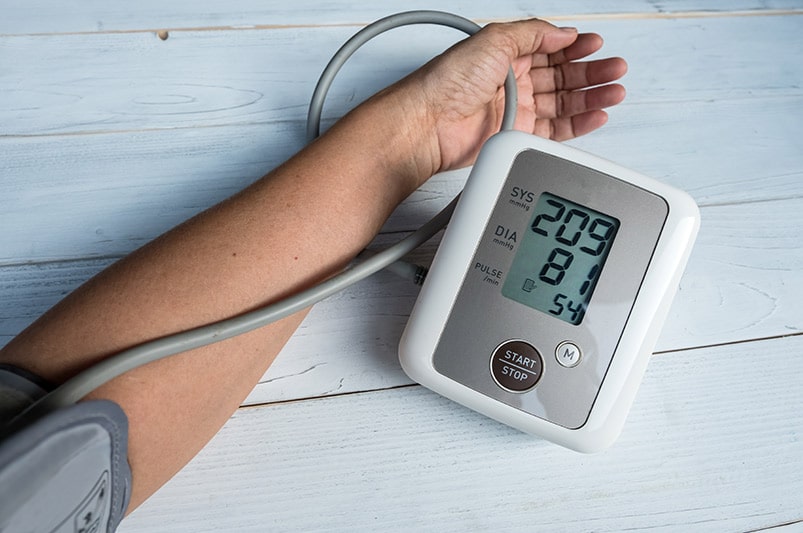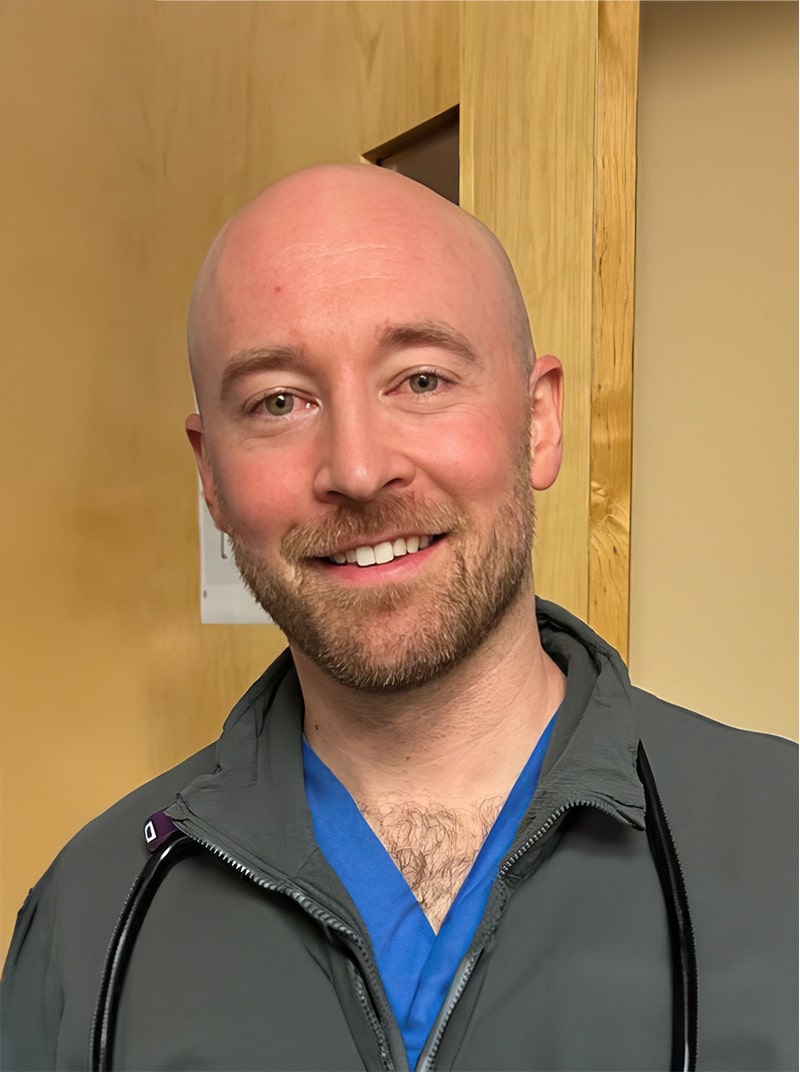Summary
An estimated 50% of all American adults could now be identified as having high blood pressure, due to the new guidelines set forth by both the American Heart Association and the American College of Cardiology. This article will cover these recent modifications in more detail.
Q: How do I know if I have high blood pressure?
High blood pressure is known as a silent disease because it rarely produces any noticeable symptoms. That’s why it’s important to get your blood pressure checked regularly.
Recently the American Heart Association and the American College of Cardiology changed the guidelines for what’s considered high blood pressure. Previously, the threshold was set at 140/90 mm Hg; it has now been lowered to 130/80 mm Hg. That means nearly half of all adults in the United States have high blood pressure.
The top number on the reading refers to systolic blood pressure, or SBP, which is the pressure on the blood vessels when the heart contracts. The lower number refers to diastolic blood pressure, or DBP, which is the pressure on the blood vessels when the heart relaxes.
Under the new guidelines, a person’s blood pressure is considered:
- Normal if SBP is less than 120 mm Hg and DBP is less than 80 mm Hg.
- Elevated if SBP is between 120-129 mm Hg and DBP is less than 80 mm Hg.
- Hypertensive (stage 1) if SBP is between 130-139 mm Hg or DBP is 80-89 mm Hg.
- Hypertensive (stage 2) if SBP is 140 mm Hg or higher or DBP is 90 mm Hg or higher.
Why the change? A study sponsored by the National Heart, Lung and Blood Institute examined 9,300 people over age 50 who were at high risk for heart disease. Results showed the occurrence of heart attacks, heart failure and stroke fell by one-third in those who sought to lower their SBP to 120 mm Hg. What’s more, the rate of deaths among this same group fell by nearly one-quarter.
So, what should you do if your blood pressure is in the high range? First, doctors recommend making lifestyle changes that can help prevent complications down the road. Eating a heart-healthy diet, exercising more, reducing stress and consuming less alcohol can all reduce your blood pressure and risk of heart disease. See your primary care provider to determine the treatment plan that is right for you.









